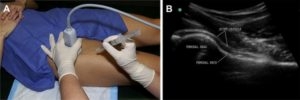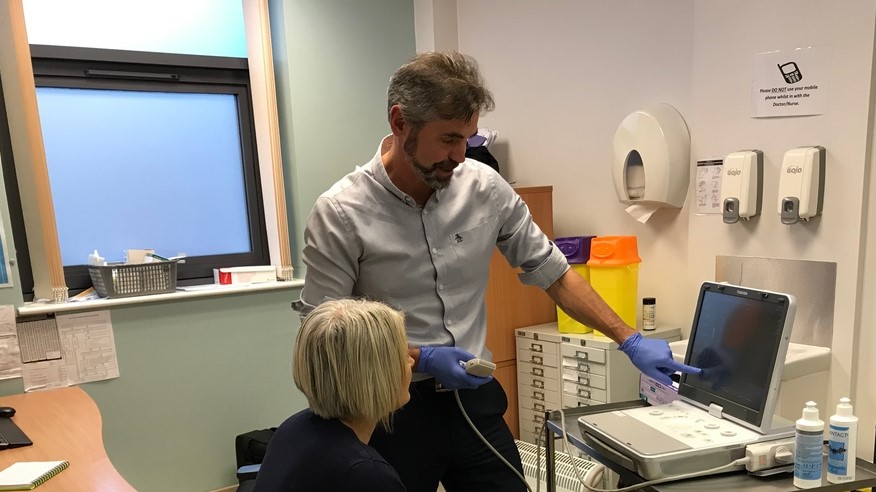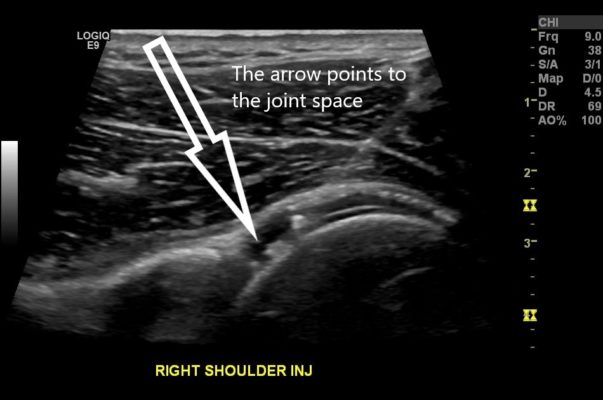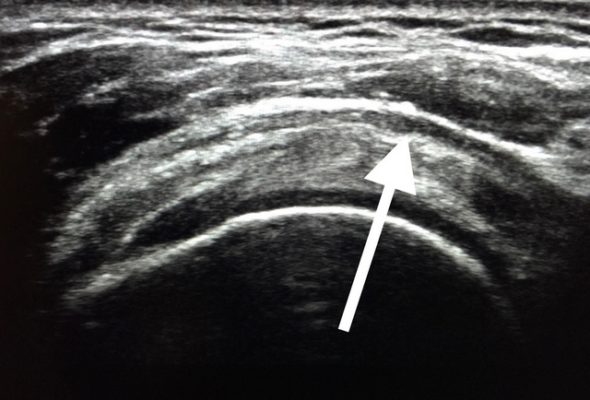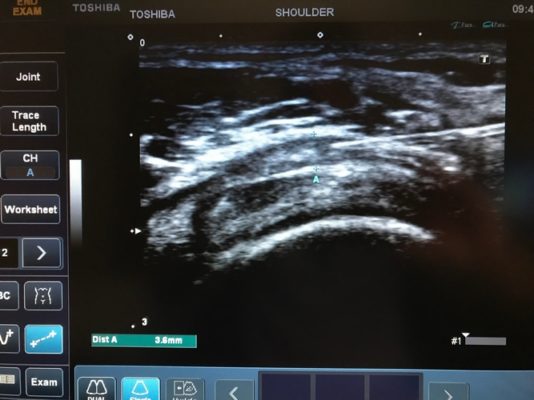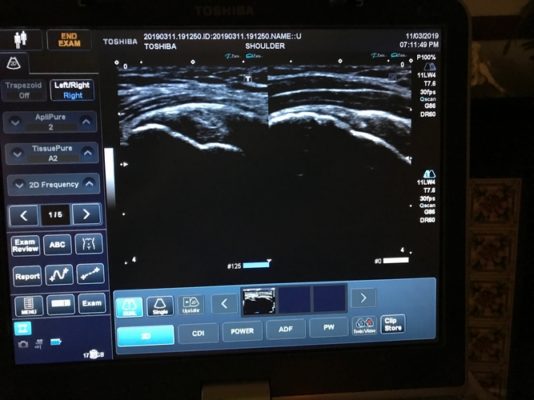The search for best treatment of joint degeneration and OA changes continues.
A growing number of people are hearing about Platelet Rich Plasma (PRP) injections, but what are they and do they work?
All mammals, and that includes us, have cells within their blood. Different cells do different jobs. Most people have heard of red blood cells as these help carry oxygen and white blood cells that help fight infection.
There are however lots of other ‘bits’ within our blood and these are called ‘platelets’. Platelets are fragments of cells that originate in bone marrow cells. These fragments contain many different proteins and are most commonly associated with ‘plugging’ a hole in any damaged tissue. They form a blood clot and prevent excessive bleeding, but they also initiate the process of repairing tissue and some of the proteins within platelets are referred to as Growth Factors.
The idea behind PRP injections is that you take a persons blood and separate the red bloods cells away from the platelets. You then have a higher concentration of proteins and growth factors which you inject into the area of damaged or degenerate tissue. This is essential as you do not want red blood cells inside joints or ligaments as this can cause a further inflammatory response (red blood cells should not be in these places).
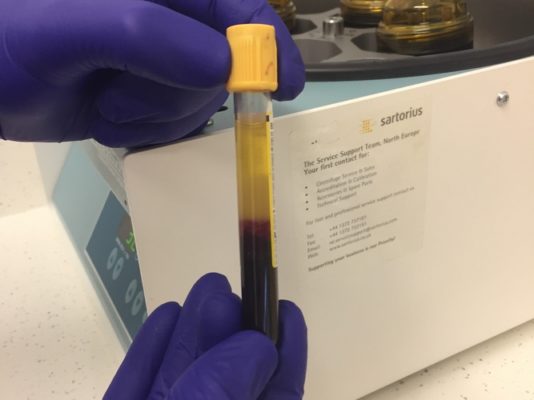
The aim is to stimulate new cellular growth and therefore boost the repair process. Sounds good, but does it work?
Like most things there is no clear answer. Research is a mixed affair with animal dissection after injections showing an improvement in the surface of joint cartilage. We don’t tend to be that cruel to humans, so most outcomes in people are based on pain and disability scores. Research tries to compare the benefit of PRP to exercise and/or other medication. The results are not conclusive but there is a trend and as the use of PRP has grown there has been more widespread acceptance of PRP as a valid treatment option. It is now acknowledged by the NHS and in some areas of the UK offered as a treatment.
One big advantage of PRP is that it is safe and there are no long term side effects. The physiological basis has merit, mainly because usually platelets have difficulty reaching ligament, tendon and cartilage tissue. Consequently, I tend to refer to PRP as a fertiliser to aid healing and ensure the best outcome. It is not however a miracle cure or a stand alone treatment. Its needs to be used in conjunction with corrections to strength, alignment and patterns of movement.
If you wish to discuss your problem further or arrange an appointment for PRP treatment please visit with main website and book an appointment.
Further information can be viewed in the article written by Arthritis Health.

